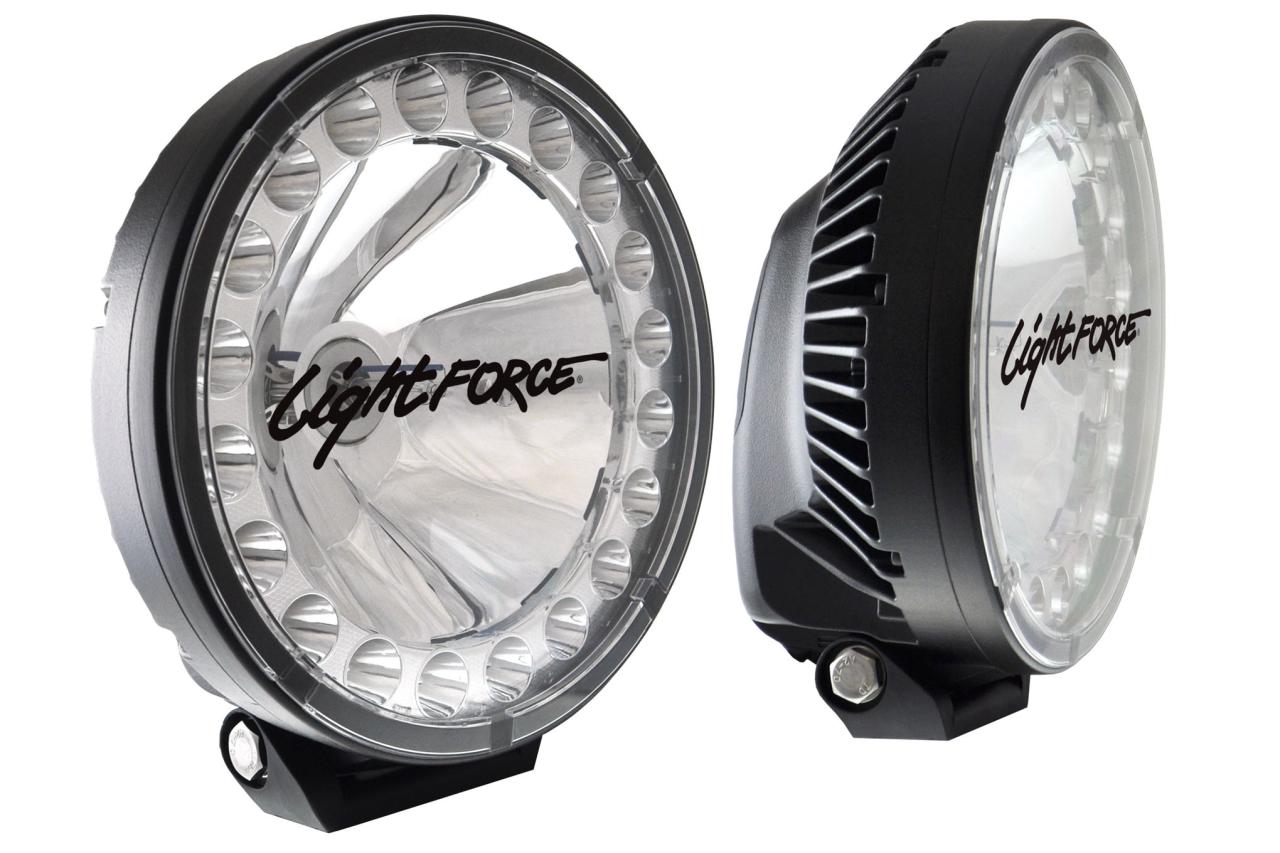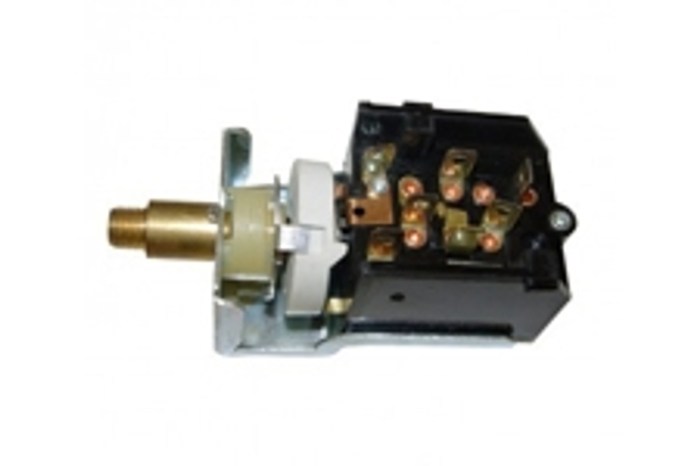Jeep lighting parts are more than just illumination; they’re a crucial element in enhancing both the functionality and aesthetic appeal of your vehicle. From brighter headlights for improved night vision to stylish LED upgrades that personalize your Jeep’s look, the options are vast and exciting. This exploration delves into the world of Jeep lighting, covering everything from choosing the right parts to installation tips and considerations for maintaining optimal performance.
This guide will cover various types of Jeep lighting, including headlights, taillights, fog lights, and off-road lighting solutions. We’ll discuss the benefits of upgrading your Jeep’s lighting, factors to consider when selecting replacement parts, and common installation procedures. We’ll also touch upon the importance of choosing quality components for safety and longevity.
Jeep vehicles, renowned for their ruggedness and off-road capabilities, demand lighting solutions that match their robust nature. From the iconic round headlights to the auxiliary lighting options, choosing the right Jeep lighting parts is crucial for safety, visibility, and enhancing the vehicle’s aesthetic appeal. This comprehensive guide delves into the world of Jeep lighting, covering various types, considerations, and frequently asked questions to help you make informed decisions.
Understanding Jeep Lighting Systems
Jeep lighting systems are more complex than just the headlights. They encompass a variety of components working in concert to provide optimal illumination in diverse conditions. A basic understanding of these components is crucial before diving into specific parts.
Headlights: The Primary Illumination Source
Headlights are the most important part of any vehicle’s lighting system. For Jeeps, headlight choices vary depending on the model and year. Options include halogen, HID (High-Intensity Discharge), and LED (Light Emitting Diode) headlights. Each offers different advantages and disadvantages in terms of brightness, lifespan, and energy consumption. Upgrading to brighter, more efficient headlights can significantly improve night driving safety and visibility on trails.
- Halogen: Affordable, readily available, but less efficient and shorter lifespan compared to other options.
- HID: Brighter and longer-lasting than halogen, but require a ballast and can be more expensive to replace.
- LED: Most energy-efficient, longest lifespan, and offer superior brightness and beam pattern control. Often the most expensive upfront option.
Taillights and Brake Lights: Essential for Safety
Taillights and brake lights are crucial for signaling your intentions to other drivers. Ensuring these are in good working order is paramount for safety. Upgrading to LED taillights and brake lights can improve visibility and offer a modern aesthetic.
Turn Signals: Clear Communication on the Road
Clear and functional turn signals are essential for safe lane changes and turns. Upgrading to LED turn signals offers increased brightness and quicker response times, enhancing visibility.
Fog Lights: Enhancing Visibility in Adverse Conditions
Fog lights are designed to cut through fog, rain, and snow, improving visibility in low-visibility conditions. They typically project a wider, lower beam than headlights.
Auxiliary Lighting: Expanding Illumination Capabilities
Auxiliary lighting, including off-road lights, light bars, and driving lights, significantly expands a Jeep’s illumination capabilities, particularly in off-road situations. These lights are typically mounted on the roof, bumper, or A-pillars and provide intense, focused beams for navigating challenging terrain.

- Off-road lights: Designed for intense, focused beams to illuminate trails at night.
- Light bars: Offer a wide, powerful beam pattern ideal for illuminating a large area.
- Driving lights: Provide a long-range beam for high-speed driving in dark conditions.
Choosing the Right Jeep Lighting Parts
Selecting the right Jeep lighting parts involves several key considerations:
Brightness and Beam Pattern
The brightness and beam pattern are critical factors. Consider the intended use of the lights. Off-road lights require a more focused beam, while driving lights need a longer range. Look for lights with a high lumen output for maximum brightness.
Durability and Weather Resistance, Jeep lighting parts
Jeep lighting parts should be durable enough to withstand the rigors of off-road driving and exposure to the elements. Look for lights with a high IP (Ingress Protection) rating, indicating their resistance to dust and water.
Legal Compliance
Ensure that any aftermarket lighting modifications comply with local laws and regulations. Some areas have restrictions on the brightness and placement of auxiliary lighting.
Installation
Consider the ease of installation. Some lighting kits are plug-and-play, while others may require more extensive wiring and modifications.
Budget
Jeep lighting parts range in price from budget-friendly options to high-end, premium systems. Set a budget before you start shopping.
Popular Jeep Lighting Brands
Several reputable brands offer high-quality Jeep lighting parts. Research and compare different brands before making a purchase. Some popular choices include:
- Rigid Industries
- Baja Designs
- KC HiLiTES
- Diode Dynamics
- Truck-Lite
Jeep Lighting FAQs
Q: Can I install Jeep lighting parts myself?
A: While some lighting upgrades are relatively easy to install, others require more technical expertise. If you’re not comfortable with electrical work, it’s best to have a professional install the parts.
Q: What are the legal requirements for auxiliary lighting?
A: Legal requirements for auxiliary lighting vary by location. Check your local regulations before installing any aftermarket lights.
Q: How do I choose the right wattage for my Jeep lights?
A: The appropriate wattage depends on the type of light and its intended use. Higher wattage generally means brighter lights, but it also increases power consumption.
Q: How long do LED Jeep lights last?
A: LED lights have a significantly longer lifespan than halogen or HID lights, often lasting 50,000 hours or more.
Q: What is the difference between flood and spot beam patterns?
A: Flood beam patterns provide wide, dispersed illumination, ideal for close-range visibility. Spot beam patterns create a concentrated, long-range beam, perfect for illuminating distant objects.
Conclusion
Choosing the right Jeep lighting parts is crucial for safety, visibility, and enhancing your off-road adventures. By understanding the different types of lights, considering your needs, and selecting reputable brands, you can ensure optimal illumination and a safer driving experience. Remember to always prioritize safety and comply with all applicable laws and regulations.
Call to Action
Ready to upgrade your Jeep’s lighting system? Browse our selection of high-quality Jeep lighting parts today and experience the difference!

FAQ Section: Jeep Lighting Parts
What are the legal requirements for Jeep headlight modifications?
Legal requirements vary by location. Check your local Department of Motor Vehicles (DMV) or equivalent for specific regulations regarding headlight brightness, color, and modifications.
How difficult is it to install Jeep lighting parts?
Difficulty varies depending on the specific part and your mechanical aptitude. Some upgrades are straightforward plug-and-play, while others may require more technical expertise or professional installation.
What type of bulbs are best for off-road driving?
LED and HID (High-Intensity Discharge) bulbs are popular choices for off-roading due to their brightness and durability. However, consider factors like light pattern and legality.
